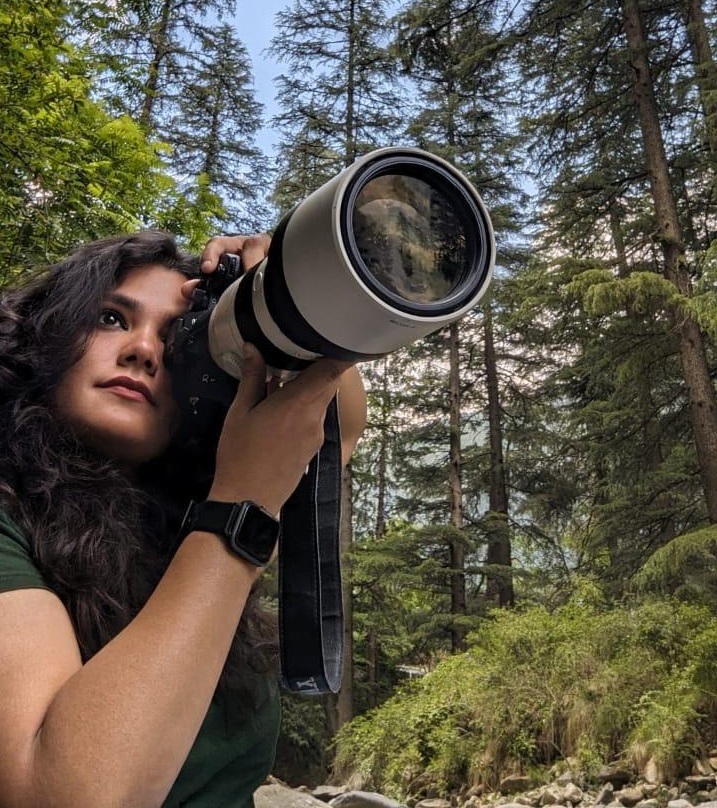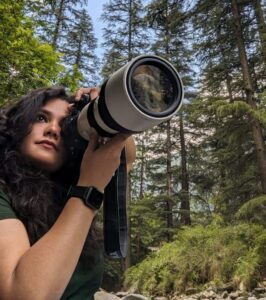The Ultimate Guide to seeing the big cat in the wildTiger Safari in India
When it comes to tiger safaris, India is the capital of the world, with over 70% of the world’s wild tiger population found here. From sal forests, to dry deciduous areas and riverine grasslands, India offers unparalleled landscapes to sight this incredible big cat in the wild. A tiger safari truly is not just a travel bucket list item; it is a life-changing moment.
Whether you’re a seasoned wildlife photographer, a first-time safari goer, or a family seeking adventure, this guide offers everything you need to know, from where to go, when to visit, how to plan, and what to expect.
Top Tiger Safari National Parks in India
Bandhavgarh National Park (Madhya Pradesh)
Bandhavgarh is one of the most popular tiger tour destinations in India, with one of the highest tiger densities in the country. The Kanha, Kisli, Sarhi, and Mukki zones have beautiful forest drives and are frequently loaded with tiger sightings.
Best Time: October to June
Highlights: Ancient fort, open meadow, sleepy tigers on the trails
Ranthambore National Park (Rajasthan)
Ranthambore is famous for its mix of wildlife and ruins from forts and archaic scrubs, and its easily accessible from Delh,i making it a perfect destination for the short India wildlife safari tours.
Best Time: October to April
Highlights: Iconic tigress (Arrowhead, Riddhi) sightings, dry terrain, ambush scenes at the lake
Kanha National Park (Madhya Pradesh)
Spanning approximately 940 sq. km., the reserve boasts a rich mosaic of dense sal and bamboo forests, open grasslands, riverine ecosystems, and undulating terrain that make it a breathtaking destination for wildlife enthusiasts and nature lovers alike.
Best Time: November to April
Highlights: Leopard, wild dog, swamp deer, classic forest photography
Tadoba National Park (Maharashtra)
Less commercialized and, well, more raw in its experience, Tadoba National Park offers super-exciting tiger safari tours in India, specifically in the however summer months.
Best time: March – June
Highlights: Bamboo forests, high density of tigers, less tourists
Pench Tiger Reserve (MP/Maharashtra border)
Pench Tiger Reserve is named after the Pench River, which runs through the forest. The forest is a beautiful and biodiverse forest, which is the inspiration for Rudyard Kipling’s famous “The Jungle Book.” It is also noted for its wild dogs and beautiful teak forests. The diversity of landscapes allows for enjoyable tiger viewing and a wealth of shooting opportunities for photographers with an eye towards biodiversity.
Best time: October – June
Highlights: Wild dogs (dhole), jungle cats, sloth bear
Panna National Park (Madhya Pradesh)
Once devoid of a single tiger, Panna is a successful rewilding story. If you appreciate river landscapes or birding as much as the big cats, this is a good park choice.
Best time: October – March
Highlights: Ken River, gharials, raptors, dramatic canyon landscape
What to Expect on your Tiger Safari
Most safaris start at the very early hour of about 5:30 AM and begin as dawn breaks and the jungle comes to life. You will do your safari in an open jeep (Gypsy) with a forest guide and usually a naturalist or photography mentor too.
Two safaris each day: Morning and afternoon
Zones and permits- Each park is divided into zones, and you will be pre-assigned permits for certain zones. The permits cannot be changed for whatever reason.
Wildlife Sightings: The tiger is the main attraction, but expect leopards, sloth bears, wild dogs, elephants (in central/southern India), and over 300 species of birds.
Photography note: Bring a zoom lens (400mm +) and take photos in golden light.
When to Go
The best season for tiger safaris in India is from October to June. The dry summer months (March–June) give you the biggest opportunities to see animals in close proximity to watering holes, but the temperatures can be scorching.
How Many Days to Stay
3–5 days per park is ideal. Tiger safari tours India packages often include two parks, exposing guests to different terrains and closer opportunities to see wildlife.
What to Pack
- Neutral clothing (green, brown, grey)
- Binoculars & long lens for photographers
- Sunglasses, hat/cap, sunscreen
- Power banks & Identification cards (for mandatory entry)
Safari Costs and Booking Tips
Book permits on official government portals or with a tour provider at least 90-120 days in advance.
Each park and zone has different costs. Buffer zones will be less expensive, but contain limited wildlife sightings.
If you are uncertain about your travel plans, consider signing up for India wildlife safari tours run by ethical operators that facilitate guided, immersive opportunities with wildlife.
While mass-market tours will take you on guided safaris, Ethical Wildlife provide small group, photography-led tours that are ethically-oriented and experiential.
What Makes Us More Ethical:
- You will be mentored by photography experts in their field, like Sachin Sarbalia
- We have small group sizes (4 max per jeep) for quality viewing
- We only use licensed, responsible naturalists who are part of our tour group
- We provide no off-trail driving, plastic-free safaris, and the opportunity to support the local communities
- We customise tours depending on your needs, from snow leopard tours and tiger marathon tours involving 5 national parks in 15 days
Conclusion
India is more than just a safari destination; it holds the precious wild culture of the subcontinent. Each park is unique in what it brings; from the chirruping sal forests of Kanha to the crumbling ruins of Ranthambore, this is a land that tells countless stories of survival, adaptation, and raw elegance.
Whether you’re on a once-in-a-lifetime tiger safari in India tour, or returning to a new zone to explore with the wild still has many secrets to tell, if only we remain patient, ethical and open to explore a few wonders.
Will you now follow the tracks of the tiger through India’s renowned jungles?
Start planning your tiger tour with experts who prioritise ethics and photography.
Ethical Wildlife curates small-group, photography-led safaris in India and Africa. They specialise in tiger safaris in Bandhavgarh, snow leopard expeditions in Ladakh, and a multitude of trips that connect travellers with nature, ethically and meaningfully. Their focus is on deep experiences, guided by expert naturalists and photographers, and they hold their journeys to inspire, educate and respect nature and the wild.






 Apoorva Jadon
Apoorva Jadon